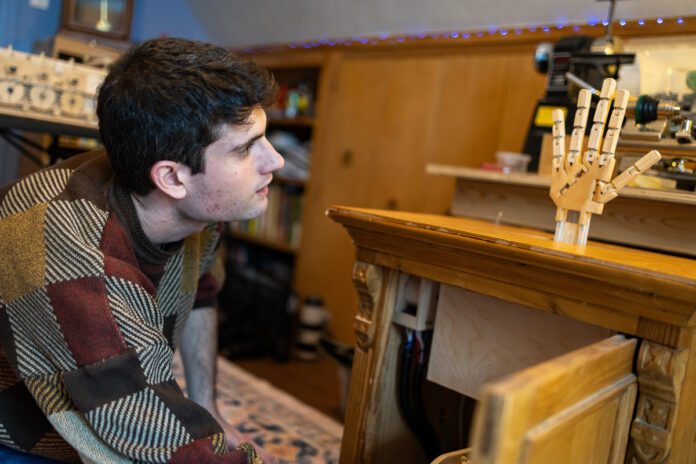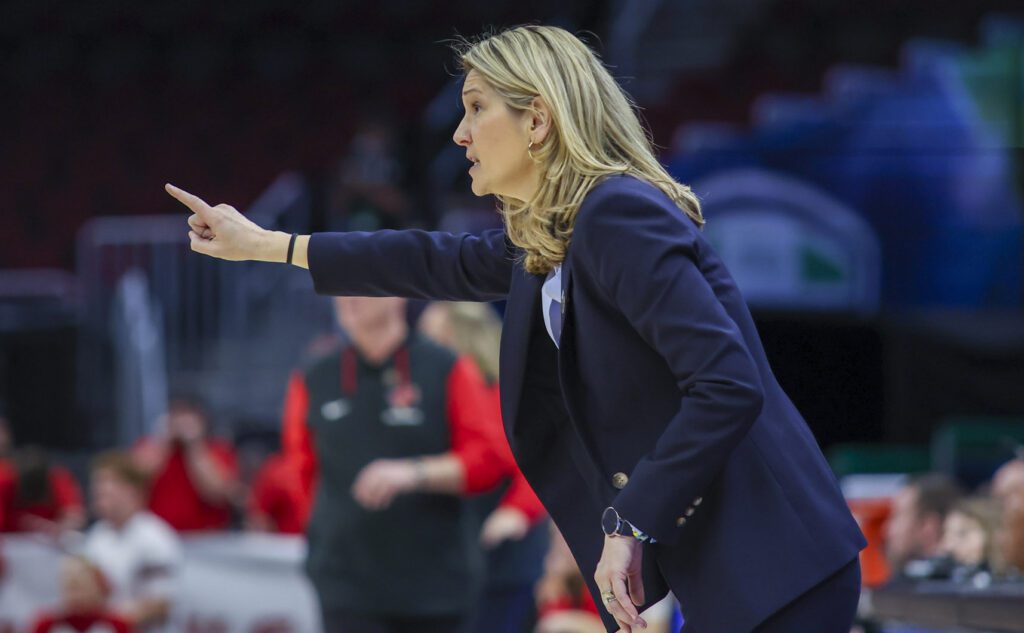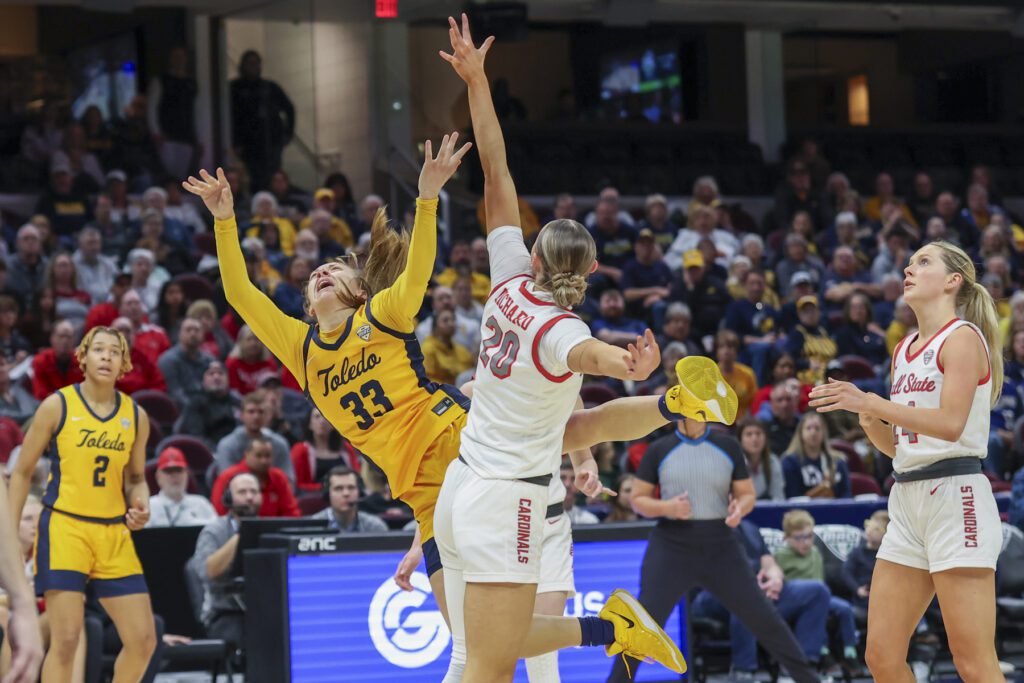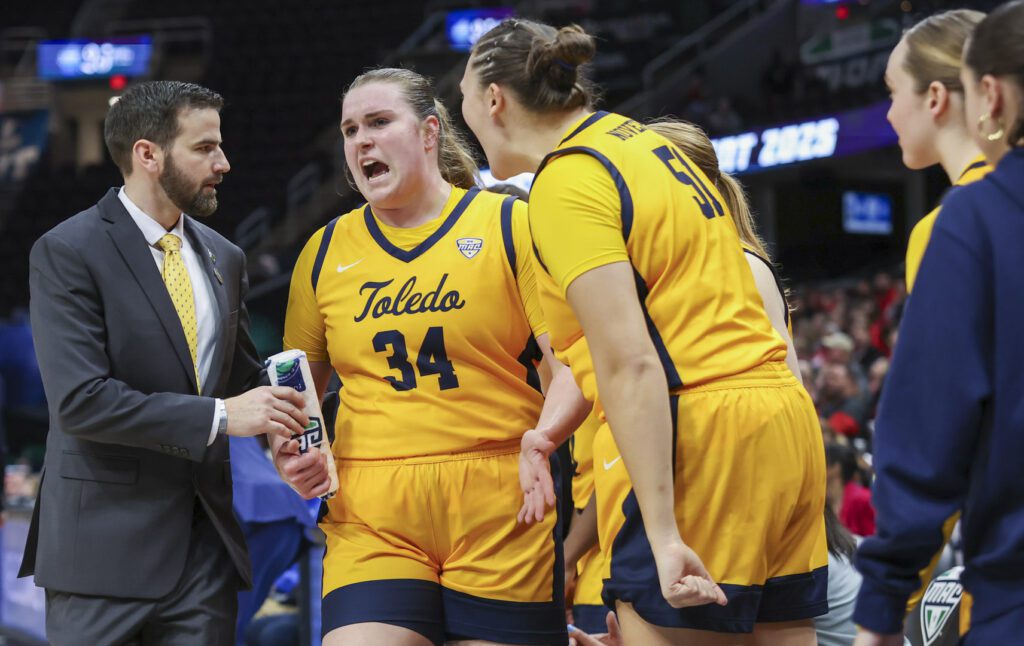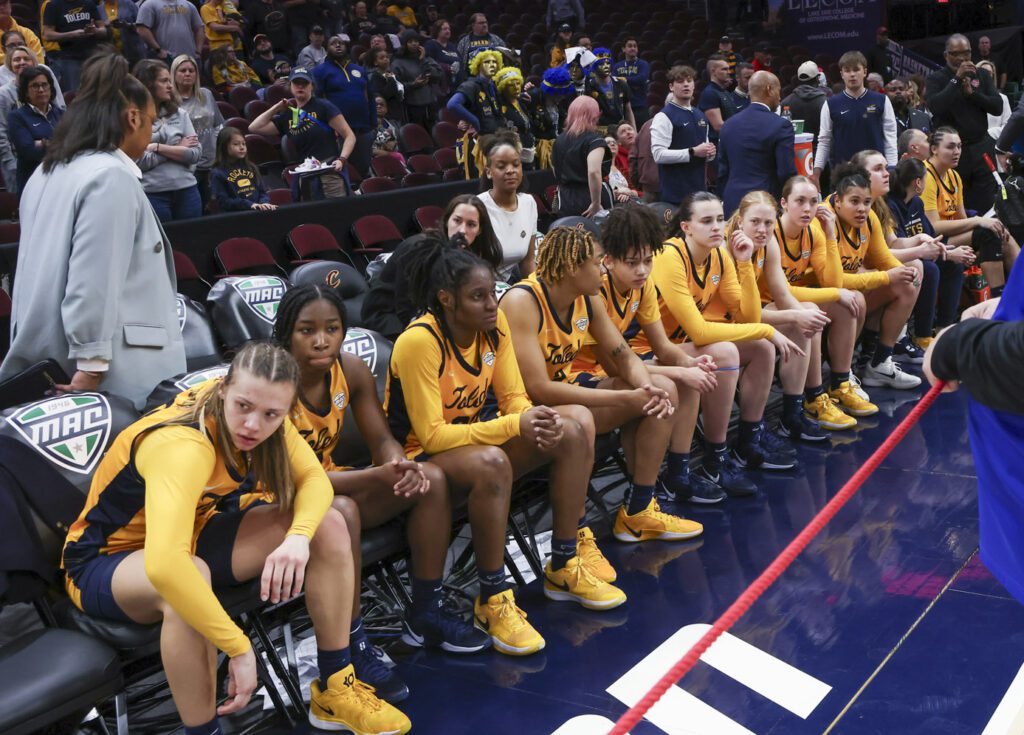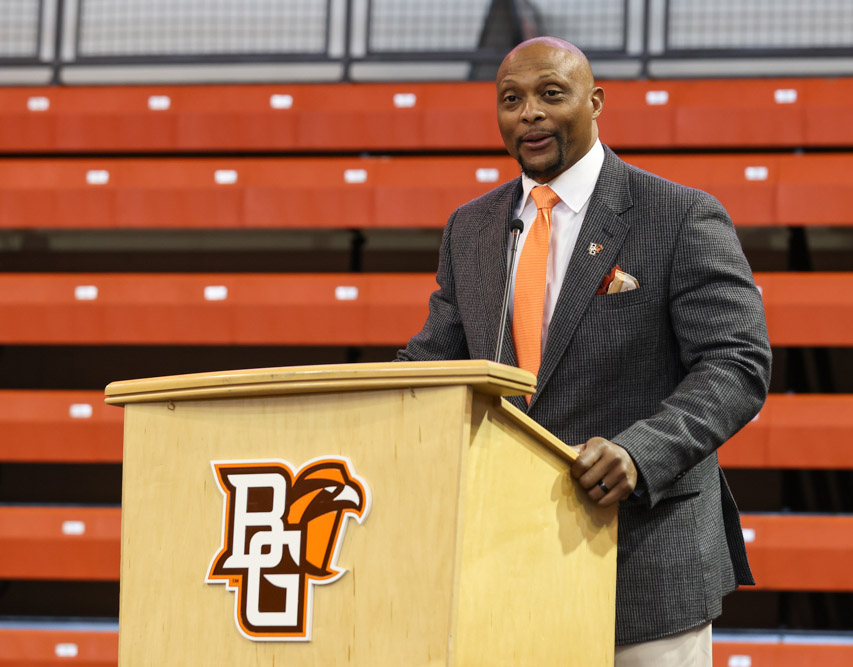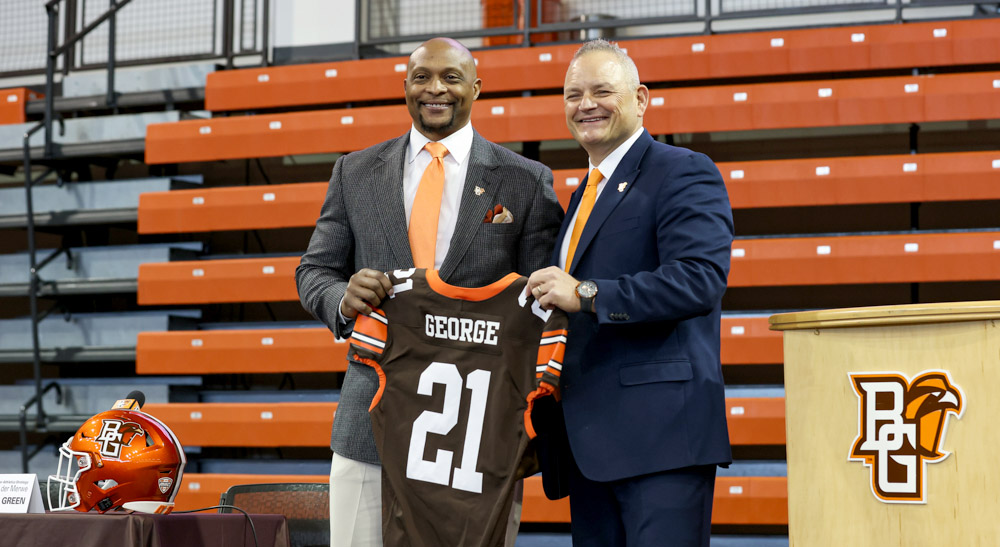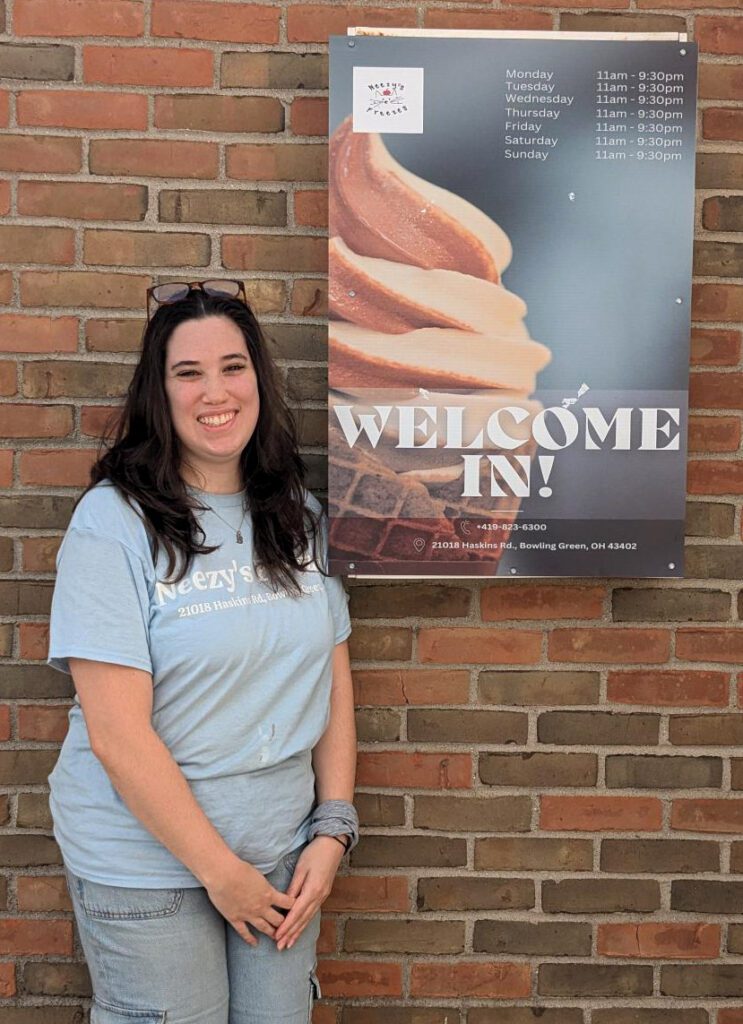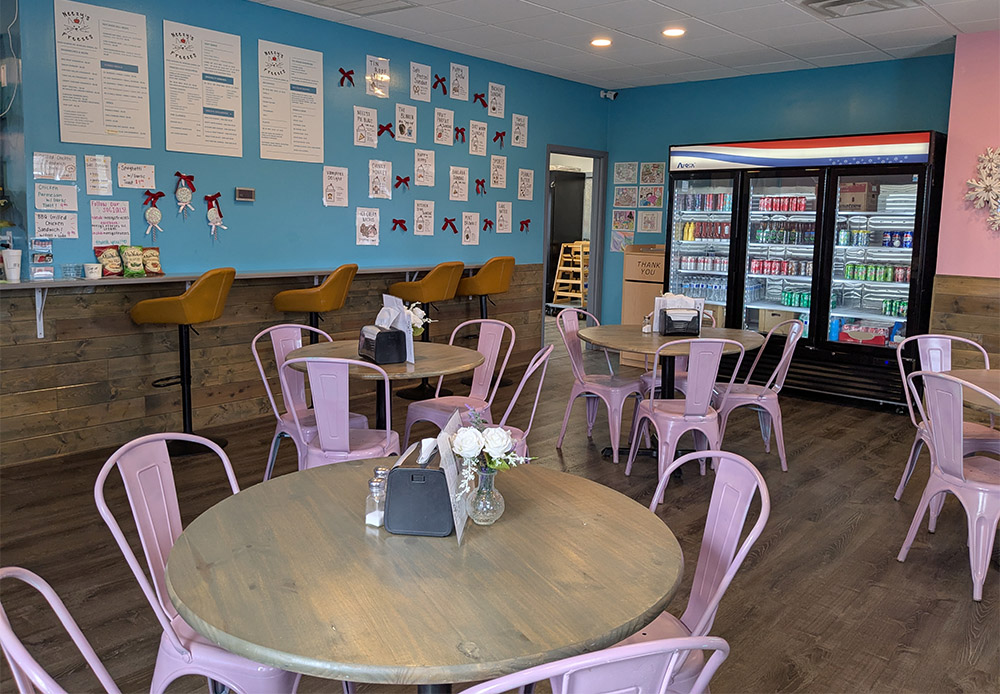TOLEDO — With a swift crank, Will Gerhardinger activated the input mechanism for his homemade wooden calculator.
“This is my calculator. It’s a little big, but it doesn’t need any batteries,” he said, introducing the device.
On his YouTube channel What Will Makes, an in-depth video made by Gerhardinger explains the intricacies of the geared system he made to automate the mathematic processes of addition, subtraction, division and multiplication.
“I can remember my mom saying I should just make it a shorter video,” Gerhardinger recalled after his first video featuring an automaton hand with a runtime of over 10 minutes. “‘Just talk about this one aspect of it.’ But in my mind, what makes it so interesting is that all these different parts come together into the one object.”
Ignoring the advice from his mother, the 22-year-old college graduate jam-packed nearly 35 minutes of information into the explanatory video, and he was pleasantly surprised to find an audience of over 175K tuning in to find out about the wooden mechanical device based off of a 19th century arithmometer.
Gerhardinger was just trying to communicate what he found interesting about the mechanism and didn’t anticipate the warm reception from his online audience.

“Simply incredible,” read one of the 1,089 comments under the video from the user @aghauler1964. Aghauler1964 continued, “Im an amature [amateur] horologist, Im simply amazed, not only that you created this machine, but you also described its function and theory.”
But for Gerhardinger, the function and theory are inseparable parts to the final product.
“I think there’s something about the length [of the video] that people actually like,” he said, and qualified the statement by saying his viewers, at least, don’t mind a deep-dive. More than just showing how the device works in the video, Gerhardinger walks his viewers through the making of the device.
The video combines mechanically complex problem solving with a DIY woodworking presentation, but Gerhardinger also voices over the physical process with historical analysis and philosophical musings.
In his calculator gears and levers represent to Gerhardinger a physical solution to a conceptual problem. Looking behind the curtain, the kinetic movement of the mechanism explained how people hundreds of years in the past approached mathematics.
“There’s something so simple about the causality of mechanics…on the basic level it’s so simple, it’s just like, thing-hits-thing.”
When building his own arithmometer, Gerhardinger simply looked at past ones, without a tutorial or plans.
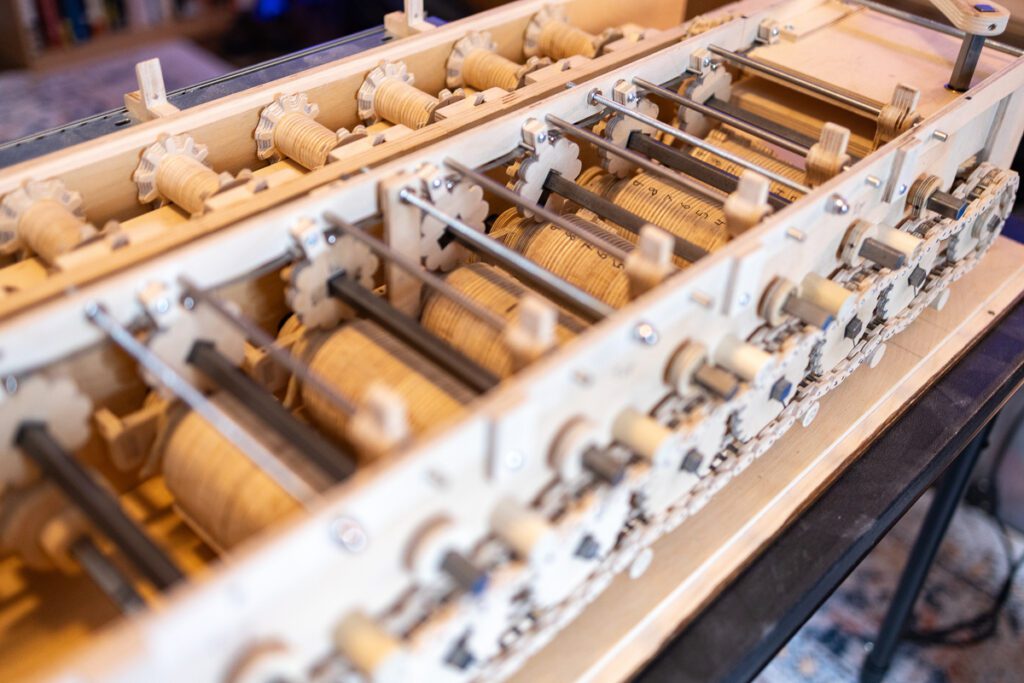
“Because it’s mechanical, I knew I could understand how it’s going to work,” he said. “I dabble in electronics, but it’s not as interesting to me because you can’t see how it’s working.”
There’s a sort of magic when you see a mechanical computer working that you can begin to understand what it’s doing, just by looking at it.”
The project of building the calculating machine has been eight years in the making, but Gerhardinger began the project as a curious freshman in high school investigating his interests.
Unsurprisingly, Will’s father, Joseph Gerhardinger, is a retired mathematics teacher who taught at Notre Dame Academy, and Will’s grandfather, Will’s namesake, was a tool and dye maker for Sealed Power, an automotive repair parts supplier.
“My dad (William) was very mechanical,” said Joseph Gerhardinger. “I think he would have been very intrigued,” by his grandson’s work.
Will Gerhardinger first began revealing his mechanical ability around three or four years old when he started taking the switches for lamps in his parents’ home. In another instance early indication of his mechanical prowess the young Will mimicked his father by taking the cover off of power outlets with a screwdriver. “My wife and I quickly learned we had to limit his exposure to tools until he learned safety protocols,” Joseph Gerhardinger said.
Until junior high, Will’s father was unsure if he could follow through on his aspiring projects, but then he automated an old bicycle left around the house.
“He actually hooked up the trigger for the drill switch to the front brake…you’d press the front brake, and that would cause the drill to power the bike,” Joseph Gerhardinger recalled.
Engineering seemed to be an obvious career trajectory for Will, but after taking an engineering course in high school he found engineering to be too narrow of a field for his creative mind. Instead, Will opted for a liberal arts education from Kenyon College, studying history and especially falling in love with the history of technology.
“I was briefly an intern at a museum in New Jersey, a really cool museum called the Morris Museum that houses a lot of automata and music boxes,” Will said. “That was very cool.”

Like he had done before, Will observed the mechanisms in the museum, and decided to implement his own automaton mimicking the figure and movements of a hand, with strings and a programable drum serving as the controller for the hand’s fingers.
The hand automaton would serve as the subject matter for Will’s first video on YouTube with significantly less explanation, less complexity in the design and less viewers than his calculator video. This first foray into video was a good test vehicle for the more widely appreciated calculator project.
“I kind of unintentionally became an artist,” Will said, after relaying that some people had mentioned putting his creations into an exhibition. Intentionally, Will crafted every solution he reasoned into reality with poplar wood.
“There’s an honesty to it,” he said about cutting and shaping the gears, bevels and a chain out of wood by hand.
“There’s almost a care put into the object,” he added. “And I think watching the video, you appreciate that, because you see me making it [the object]. But the thing and [the process of] making it is… they’re inseparable.”
Less sentimental people badgered Will in the comments under his video about the process he was implementing, asking why he hadn’t 3D printed the parts for his mechanical device.
“Even though it would be a lot quicker to program a computer to spit it out in a 3D printer, there wouldn’t be any big connection that people would feel, or that he would feel,” Joseph Gerhardinger said, knowing his son. “Part of what makes it [Will’s work] accessible [is that] people can see how this complex gear mechanism works…but also the fact that you [or anyone] could make it with hand tools or power tools.”
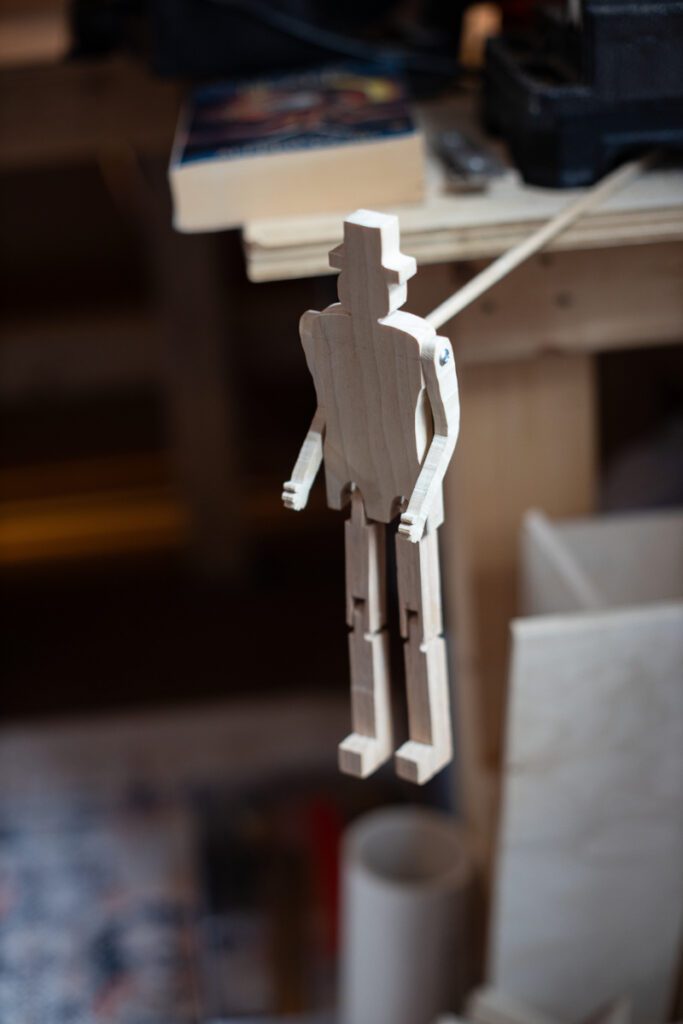
You can imagine yourself painting, because you can understand the process. There’s a brush and there’s oil paint or pastel, or watercolor, whatever, but you can see a human hand made this. And that’s why standing in an art museum and looking at a painting is more moving to people than looking at a reproduction that was printed.”
A comment section full of praise reassured Gerhardinger of his instinct.
“I assumed this was laser cut and was already impressed,” said @thethoughtemporium. “Then I saw the scroll saw. Then it slowly dawned on me you built the whole thing with hand tools **out of wood** no less, and my jaw dropped.”
The internet has embraced Gerhardinger’s authenticity to himself, perhaps because Gerhardinger presents a return to a friendlier, more personal approach to thought and creation.
“Him making it [the calculator] out of wood was the most fitting thing I’ve ever seen, because we were working with metal in the labs all the time,” said Andrew Smith, the lead mentor for Gerhardinger’s robotics team at St. John’s High School.
“Metal was everywhere,” in the robotics competition, according to Smith, but Will would insist on his own volition to make prototype parts out of wood.
Will would always go home, hand carve it [the piece for their robot] out of poplar wood and then come back and go, ‘Hey guys, I thought of this neat idea of how we could solve this problem we ran into. Let’s go ahead and try this piece of poplar wood that I’ve carved.’”
Andrew Smith
Perhaps it is also unsurprising that one of Will’s uncles is a cabinet-maker.
From the woodworking to the mechanics, philosophy to the video, Will has really only sought to explain himself and his love for what he was making.
“People would ask me what I’m doing, and I would kind of get overwhelmed with trying to answer the question,” Will said. “The answer is so big, and I realized that I can’t ask this person to sit down for a half hour [to] listen to me talk about all this, but I could make a video representing all of it.”
And so he did.
Will has been happy to find out through his YouTube channel that his creative ability and love of mechanical technology has an audience.
Will said he has a few projects in the hopper, as far as YouTube is concerned. But for now, he does not have any hard deadlines on when they will be finished.
Presently, Will is working at a clock repair shop, putting his mechanical prowess to good use. For the past number of months he has been apply to graduate programs, and recently Will was accepted into the graduate fellowship with the Winterthur Program in American Material Culture: Studying the History and Philosophy of People and Their Things, at the University of Delaware. Will plans to accept the fellowship with the Winterthur Program at the University of Delaware.

